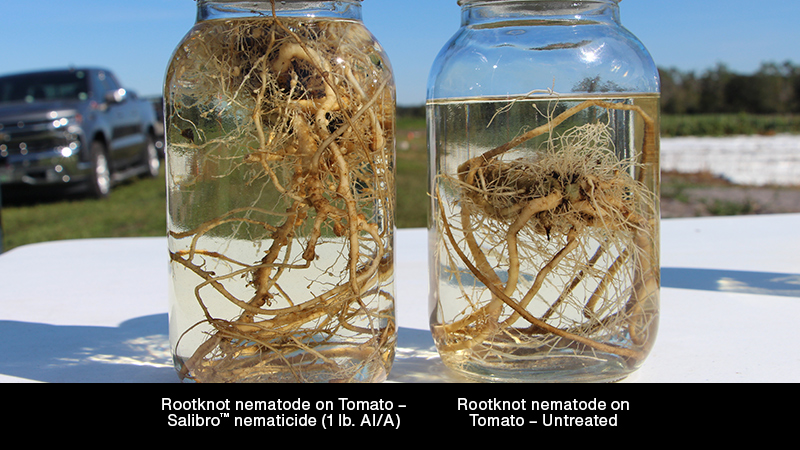Almond Growers To Get a Boost for Planting Cover Crops
Almond growers will soon get a sorely needed ray of sunshine in an otherwise dismal year in the form of access to money to support efforts to expand the habitat and forage for honey bees, and other native pollinators now have another pot of money to help them pay for that important work. USDA Natural Resources Conservation Service (NRCS) announced a $1.7 million grant this past summer to the Pollinator Partnership and partners from the California almond, wine, dairy, and cattle industries. The Almond Board is pleased to be a part of this program and, together with Pollinator Partnership, a founding member of the California Pollinator Coalition.
The coalition was formed in April 2021 and includes more than 20 agriculture, conservation, and government organizations. Their shared goal is to provide enhanced habitat for pollinators.
The state’s almond growers require more than 2 million hives each year, nearly two-thirds of the captive honey bees in the U.S.
The grant money will be used to underwrite a portion of the cost for growers and ranchers in 10 counties to plant new pollinator habitat or expand the use of integrated pest management (IPM) practices. The eligible counties are Fresno, Madera, Merced, Monterey, Napa, Stanislaus, San Joaquin, San Luis Obispo, Santa Barbara, and Sonoma.
Details about how and when growers can apply for the money are expected to be announced later this year. The NRCS is working with the Pollinator Partnership to finalize the grant.
Josette Lewis, the Almond Board of California’s Chief Scientific Officer, says the grant “is a great manifestation of the power of the coalition to bring partners together to make a difference on the ground” and importantly adds vineyards to the farmers eligible to receive funding.
ALL GROWERS ELIGIBLE
For almond growers, one of the important aspects of the new grant is that there will be no income restrictions on who can receive incentives for planting hedgerows or conservation cover around their orchards, add cover crops in between rows, or incorporate pollinator-friendly IPM methods such as mating disruption for enemy No. 1, navel orangeworm (NOW).
“This program does not have the income caps. That has been hard for a lot of almond growers to be able to access NRCS programs,” Lewis says. “You don’t have to be a big almond grower before you hit that income cap that normally is applied to NRCS programs. This opens the window to growers to access funds more easily.”
Lewis adds that the grant “demonstrates that the coalition isn’t just talking about our commitment to pollinators but is actually doing things to expand pollinator forage and habitat on working lands.”

Josette Lewis
Growers have long complained the income caps were too low, and Lewis says this latest grant will make a real difference in their practices, which is important for the industry’s positioning in the minds of the public and government officials.
“It’s important for ag to be recognized as part of the solution to healthy ecosystems, providing evidence to policy makers and the marketplace of the stewardship that growers already show and their willingness to step up,” she says.
Lewis hopes to have more information about how almond growers can participate in the new program in time to share in December at the annual Almond Conference in Sacramento.
The California Pollinator Coalition — convened by Pollinator Partnership, the California Department of Food and Agriculture, and the Almond Board — is made up of a diverse group of agricultural and conservation organizations. The coalition and its members pledge to increase habitat for pollinators on working lands. Additionally, the group promotes research and tracks its progress toward healthy and abundant habitats.









